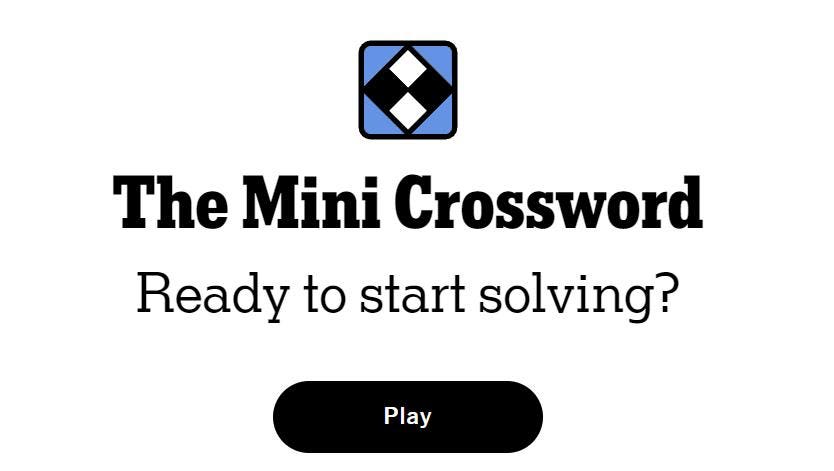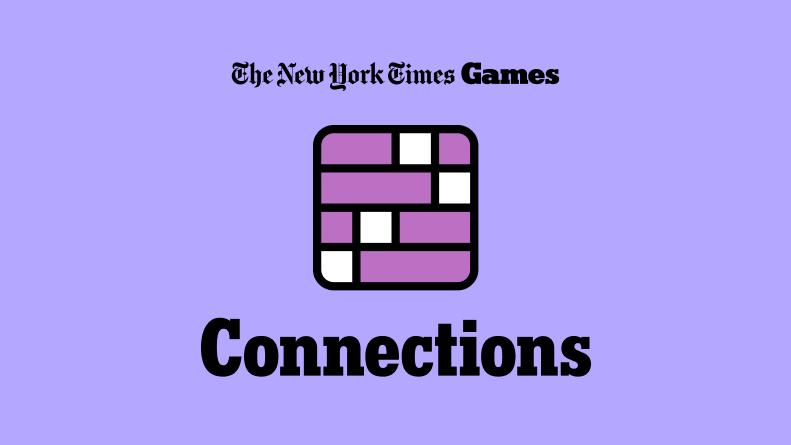A new kind of entrepreneur is emerging — faceless, AI-powered and quietly building six-figure … More
In early 2024, Gregory Cooke, then 27, had no intention of becoming the face of anything. Cooke had already experienced the highs and lows of entrepreneurship. A few years earlier, he had successfully run a digital agency with 42 employees, designing websites for clients across the UK. While the business was profitable, the pressure took a toll on him. Meetings bled into weekends and client calls hijacked dinner hours. Eventually, burnout forced him to shut it all down.
So when Cooke returned to entrepreneurship in 2024, he did things differently. He created a digital product — a simple PDF built using ChatGPT and Canva — bundled it with an automated funnel and sold it online. Cooke told me he didn’t get on any Zoom calls or create a YouTube channel with his face, but by May 2024, he had already generated over $700,000 in revenue, all without showing his face.
He’s part of a growing wave of creators — or, more precisely, solo digital entrepreneurs — building businesses powered by generative AI and automation, but with no public persona or personal brand and often, no large following. Their model is sometimes called “faceless automation,” but Cooke prefers a different term: “AI asset farming” — the idea that anyone can turn their knowledge into a suite of AI-generated, income-producing assets without ever going on camera.
“I used to think building a team and putting yourself out there was the only path,” he said. “Now, I think simplicity scales better.”
Faceless And Profitable
Cooke’s not alone in this new world of faceless AI-generated videos. Ashley Kemp, a British Army veteran who deployed to Afghanistan at 18, had spent years chasing traditional business ideas and watching most of them fail. In 2024, he launched his first faceless product — a digital guide on affiliate marketing, created entirely with AI tools and promoted through short-form content using an avatar generator. Within three months, he said in an interview, it was generating six figures in net monthly income.
Gregory Cooke- Solo entrepreneur
Together, Cooke and Kemp have helped popularize a style of business that feels like the opposite of the influencer economy, where lifestyle vlogs are rife and creators often have to show charisma. And they’re far from being the only ones.
Across Reddit forums like Passive Income and YouTube automation communities, there are many similar stories of faceless finance channels pulling ad revenue from AI-voiced videos; digital storefronts selling AI-built Notion templates; side-hustlers earning thousands of U.S. dollars from faceless TikTok accounts that never feature a real person.
How do they do it? While individual strategies differ, the model tends to follow a familiar pattern. First, they use tools like ChatGPT, Canva and Tome to create products like ebooks, scripts and presentations. Then they plug those products into platforms like Gumroad, Stan Store, or Kajabi. Finally, they drive traffic using short-form content, often generated by AI avatars from platforms like Synthesia.
The economics of this growing ecosystem are starting to turn heads. Goldman Sachs projects the global creator economy will reach $480 billion by 2027, largely fueled by monetization models outside the traditional influencer playbook. Meanwhile, a 2024 forecast by Research and Markets estimates the digital education sector will surpass $80 billion by 2030, driven by microlearning and online skill monetization.
Even more striking is how little it costs to get started. Most of the tools Cooke and Kemp use — including ChatGPT, Canva and Stan Store — are free or under $30 a month. That means no investors, no overhead, no gatekeepers and, perhaps most importantly, no burnout.
A Shift In What Work Looks Like
To understand why this matters, let’s zoom out a bit further. The modern workplace is currently in a flux. Layoffs in tech topped 260,000 in 2023, according to Layoffs. 43 million Americans hold student loan debt, according to figures from the U.S. Department of EDucation, with average monthly payments near $350. And despite rising degrees, 52% of recent graduates remain underemployed, according to a report by Strada Institute for the Future of Work and the Burning Glass Institute.
At the same time, AI is changing what’s possible for solo workers. A July 2023 McKinsey report estimated that “up to 30% of hours worked in the U.S. could be automated by 2030.” While many of these jobs may not get totally eliminated, they are getting reorganized, reimagined and redistributed. Some are using that shift to reinvent their careers entirely.
“People think you need to have a massive audience or be great on camera,” said Kemp. “But there are thousands of people quietly making a living from AI tools. They’re not influencers. They’re digital workers.”
But Is It Sustainable?
While several creators are touting this as the next big thing, not everyone is convinced that it’s a sustainable model. Critics especially worry that the business model depends too heavily on third-party platforms and AI-generated content that’s often recycled, shallow, or misleading.
TikTok and Meta have both rolled out new disclosure policies for AI-generated media. And marketplaces like Etsy have begun cracking down on AI-crafted products labeled as handmade. There’s also the question of trust. Can faceless products build credibility? Can anonymous creators handle customer support, iterate meaningfully, or respond to negative feedback?
“The risk is that faceless creation becomes faceless responsibility,” said one startup investor who asked not to be named. “When no one’s accountable, quality suffers. And when the platforms change their rules — and they will — a lot of these businesses will vanish overnight.”
Kemp acknowledges these risks. But for him and many other faceless video creators, the tradeoffs are intentional. “Many of these creators aren’t exactly trying to build the next SaaS unicorn. They’re just trying to build a sustainable income stream without sacrificing autonomy,” he said.
Whether this model can weather future algorithm changes or platform crackdowns remains to be seen. But for now, it’s clear that AI has lowered the barrier to entrepreneurship and raised new questions about what creative work really means.
There was a time when entrepreneurship meant a pitch deck, a product demo and a room full of largely skeptical investors. Then it meant a personal brand, an audience and a relentless feed of content.
Now, for a new generation of digital workers, it might just mean no large following or office or even a team — just an idea, internet connection and a stack of AI-powered tools that help ordinary people build extraordinary businesses that generate six-figure income.









